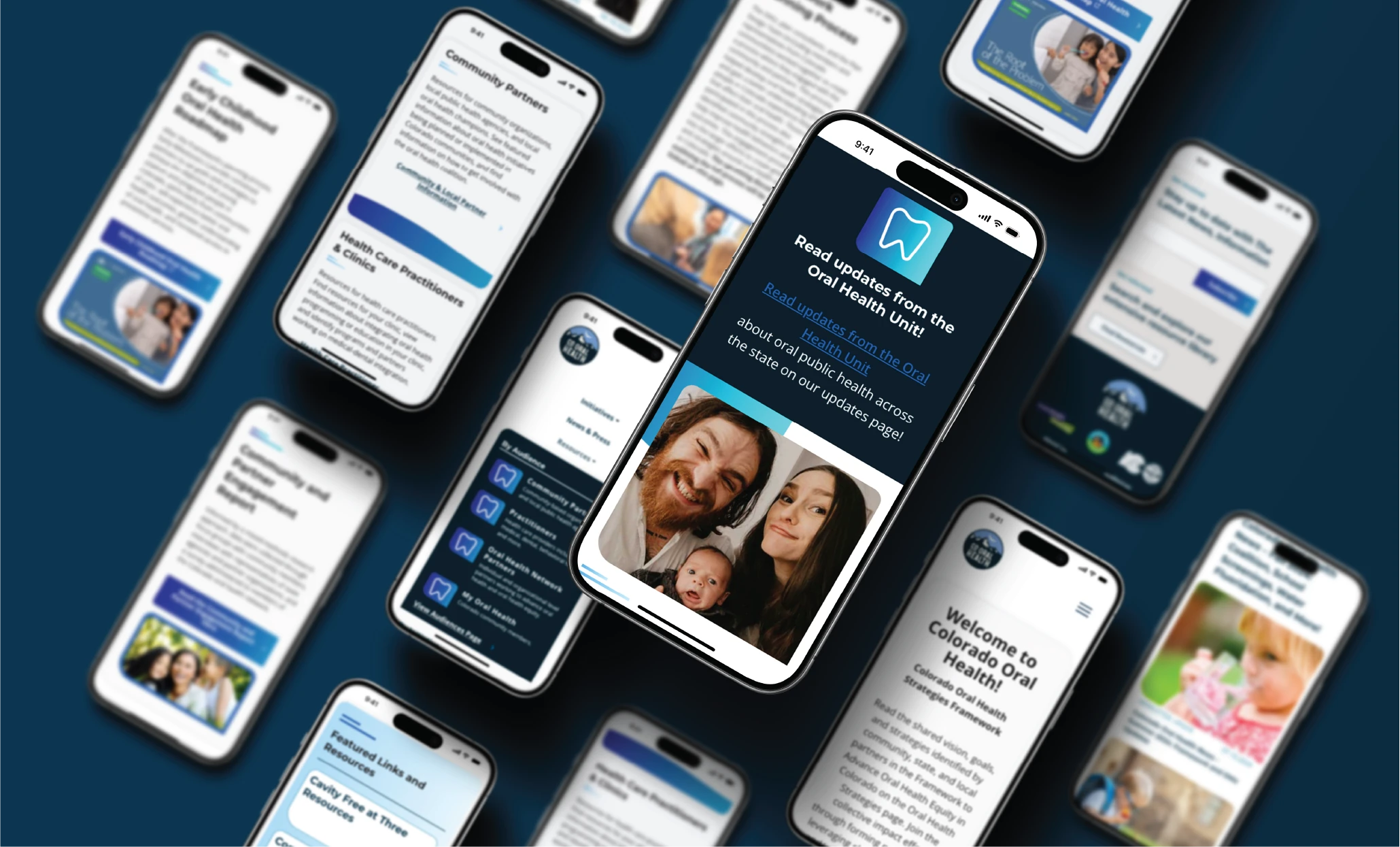Navigating the Accessibility Landscape of Large Websites
Strategies for Efficient Audits and Remediation
In today’s digital age, websites have become the primary face of organizations, serving as gateways to information, services, and opportunities for millions of users. However, accessibility remains a critical yet often overlooked aspect of website design, excluding individuals with disabilities from fully participating in the digital world. As the size and complexity of websites grow, so does the challenge of ensuring accessibility compliance. For enterprise-level websites, particularly those built on WordPress, the task of conducting accessibility audits can seem daunting.
Removing the Complexity of Achieving Accessibility

Planning and Strategizing for Efficient Audits
The prospect of auditing a large website with numerous pages and flexible content models can indeed be overwhelming. However, a well-structured approach can transform this challenge into an opportunity to enhance user experience and promote inclusivity. Here are some key strategies to consider:
-
Scope Definition: Clearly define the scope of the audit, identifying the specific areas of the website that will be assessed. This could include all public-facing pages, specific content types, or critical user journeys.
-
Prioritization: Prioritize the audit based on the importance and usage of different sections of the website. Focus on high-traffic areas and critical functionality to ensure maximum impact.
-
Content Understanding: Gain a thorough understanding of the website’s content structure, content models, and underlying technologies. This will help in identifying potential accessibility issues and developing effective testing strategies.

Streamlining Testing Efforts and Making Informed Trade-offs
When dealing with a large website, it’s crucial to strike a balance between automated, manual, and functional testing approaches. Here’s how to streamline your testing efforts:
-
Automated Testing: Utilize automated accessibility testing tools to identify low-hanging accessibility issues quickly and efficiently. These tools can scan large volumes of content for common accessibility violations.
-
Manual Testing: Conduct manual testing to complement automated testing and uncover more complex accessibility issues that may go undetected by automated tools. This involves using assistive technologies and simulating the experience of users with disabilities.
-
Functional Testing: Perform functional testing to ensure that website features and functionalities are accessible to users with disabilities. This includes testing forms, navigation elements, and interactive components.

Effective Issue Tracking and Remediation
Proper organization and documentation are essential for efficient accessibility audit management. Here are some techniques to effectively track and record accessibility issues:
-
Issue Tracking Tool: Utilize an issue tracking tool to create a centralized repository for identified accessibility issues. Assign priorities, deadlines, and responsible parties for each issue.
-
Issue Categorization: Categorize accessibility issues based on their severity, impact, and ease of remediation. This will help in prioritizing remediation efforts.
-
Remediation Guidelines: Provide clear and concise remediation guidelines for each issue, including specific steps and suggested solutions.
-
Accessibility Report: Generate a comprehensive accessibility report that summarizes the audit findings, including identified issues, recommendations, and progress tracking.
Conclusion
Striving to achieve accessibility for large-scale websites, particularly those built on WordPress, requires a strategic and well-structured approach. By carefully planning the audit, utilizing a combination of automated and manual testing techniques, and effectively tracking and recording issues, organizations can overcome the challenges of website size and complexity and create inclusive digital experiences for all users.
